How Top Flavour Fragrance magical Tastes from Indian Chef’s captivated the world
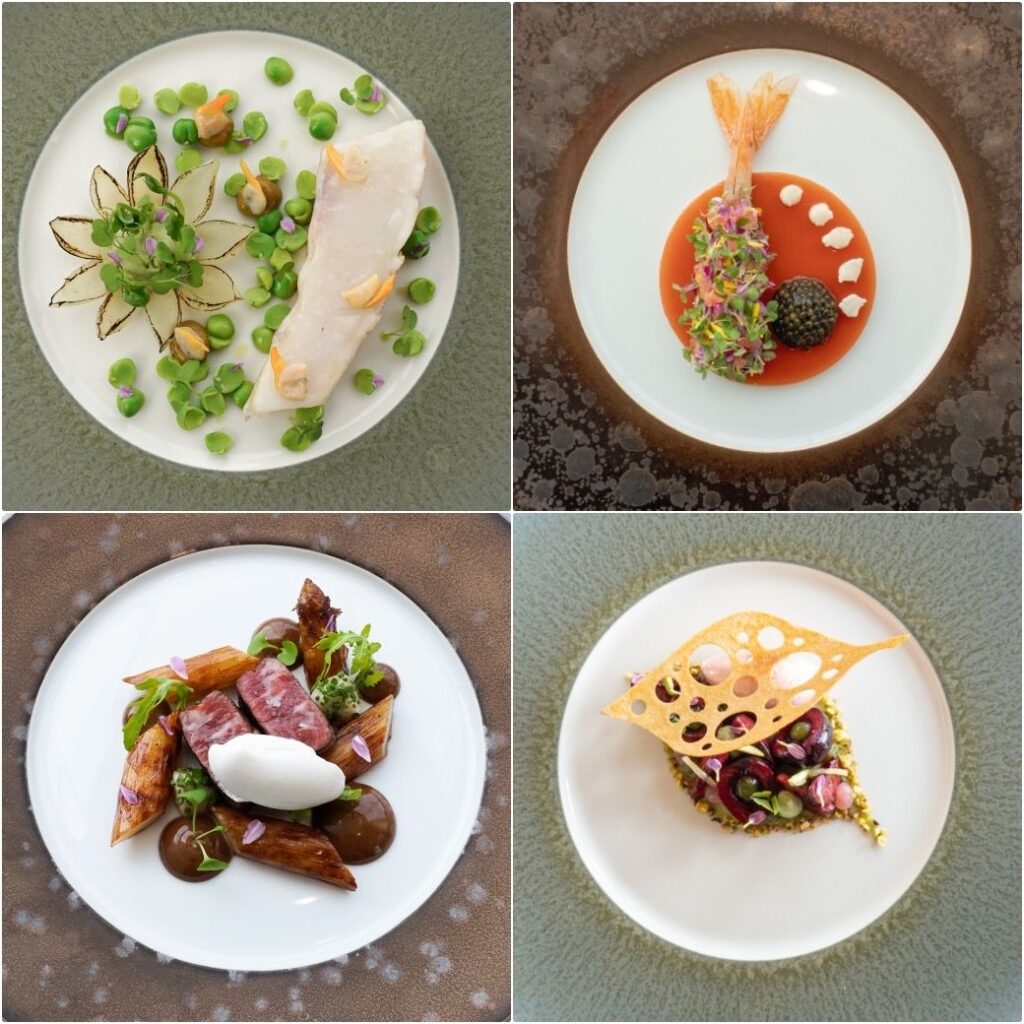
Western chefs are turning scent composers but Indian cuisine has always recognised its importance

Perfumery in foods has been a part of many of India’s courtly cuisines — from Awadh to Marwar and Delhi to Hyderabad — though today the scent of that tradition seems to have become just a whiff. From qormas and kebabs to breads, rice and desserts, dishes cooked with sophistication by chefs patronised by the elite were distinctive, not just because of better ingredients or refined cooking but also because of the way they were perfumed.

In fact, perfumery was one of the key ways in which a rich man’s food differed from dishes cooked for the masses— which is why most street food dishes do not deploy fragrance quite the same way as elegantly cooked home-style dishes.
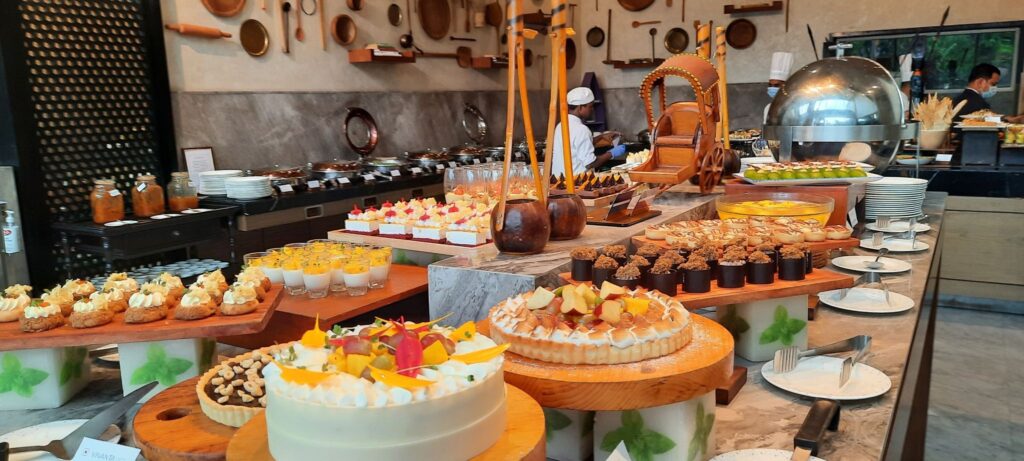
Natural ingredients such as the distillate of flowers, of roots and fruits and woods like sandal and oud were used to add top notes while finishing these dishes.
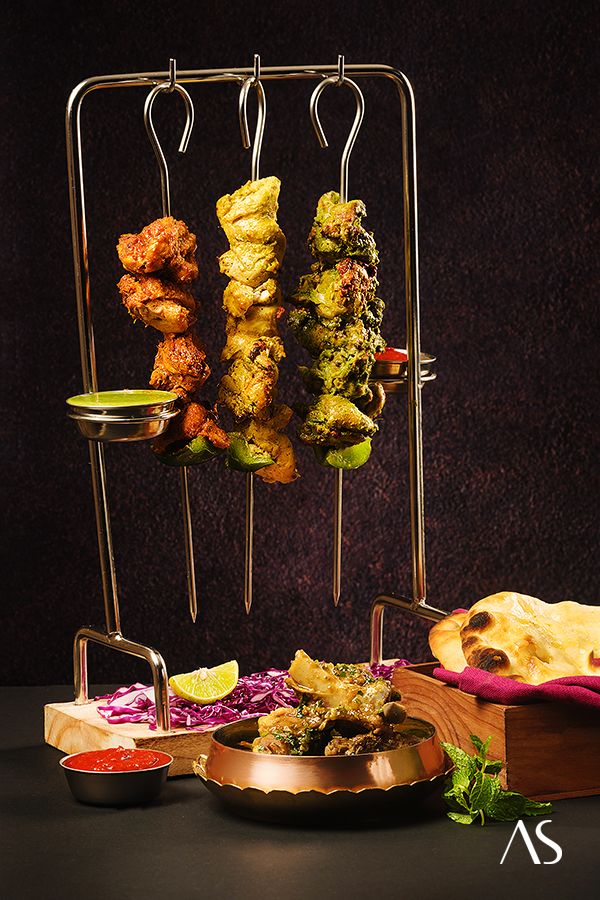
Guntur for chillies, Erode for Turmeric, Unjha for cumin are townships more popular for their spice cultivation than anything else.
No trace of fenugreek in Athens in the present age, which happens to be the place of fenugreek’s origin.

Search of cinnamon in Sri Lanka or strolling through the saffron markets of Iran make for an informative read.
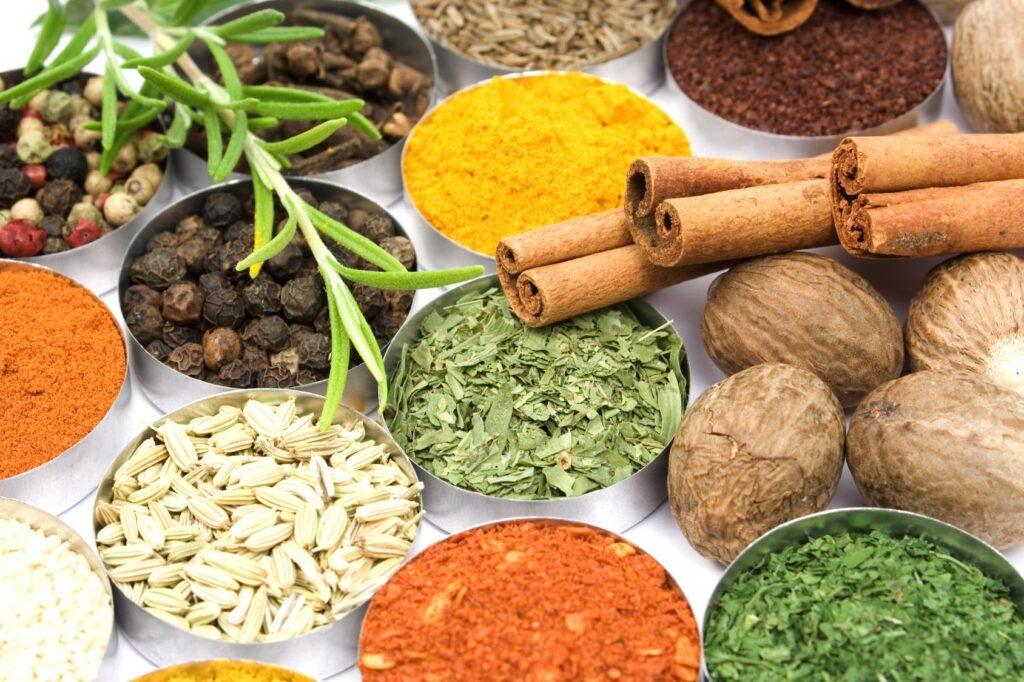
The Flavour of Spice is divided in 6 sections, ‘The Big Four’ which includes Chilli, Cumin, Turmeric and Coriander. Next follows ‘The Aromatics’, which talks about Cinnamon, Saffron, Nutmeg and Mace, Pepper, Cardamom, Clove, Asafoetida, Kalpasi.
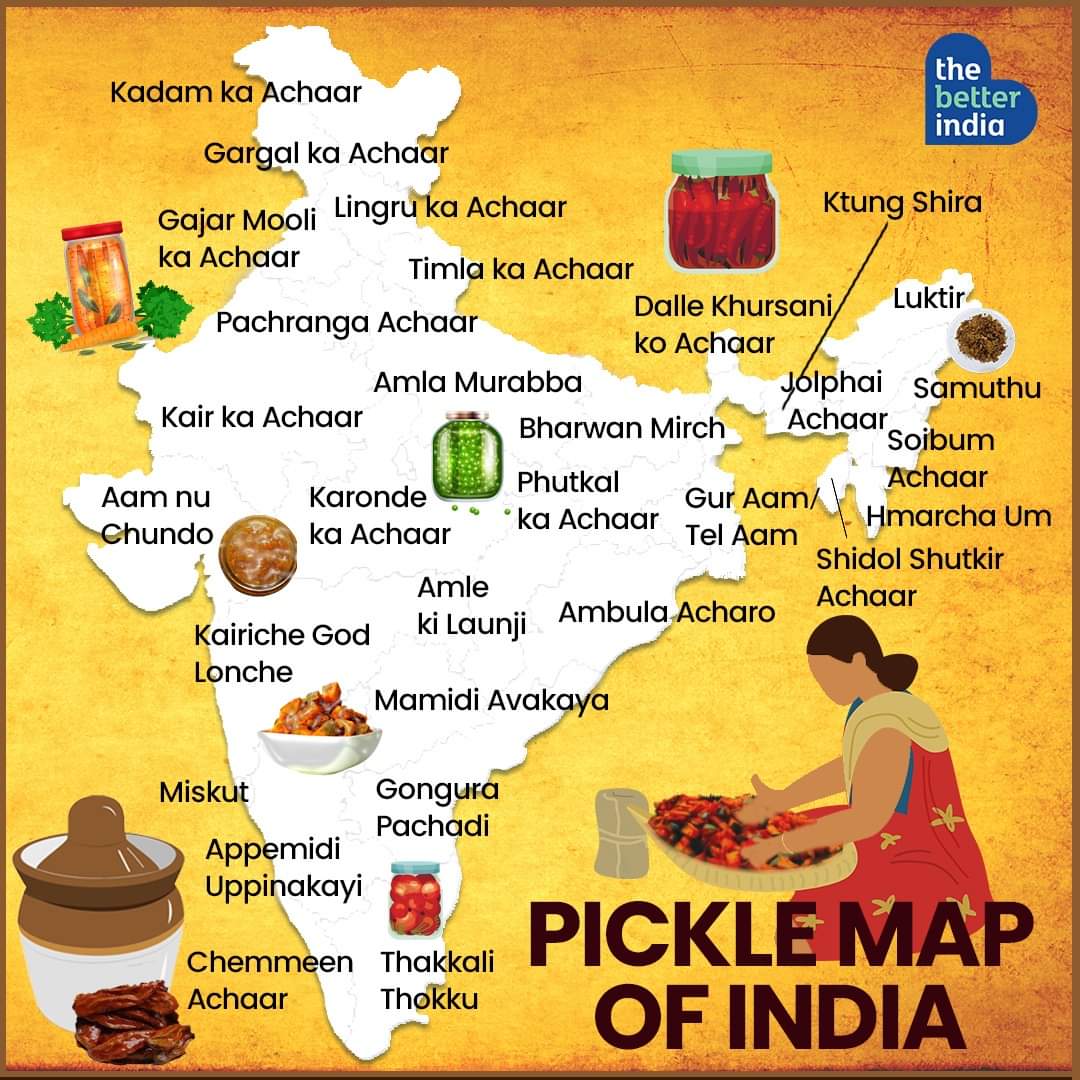
The Seed Spices’ that deals with Fenugreek, Mustard, Poppy and other seed spices.
Such was the importance of spices. People were willing to risk anything to keep their trade secrets in.These spices are a mystery. These spices area storehouse of secrets. And there are a few of them that have had the privilege to travel beyond kitchens too. For instance, the bright hued turmeric.
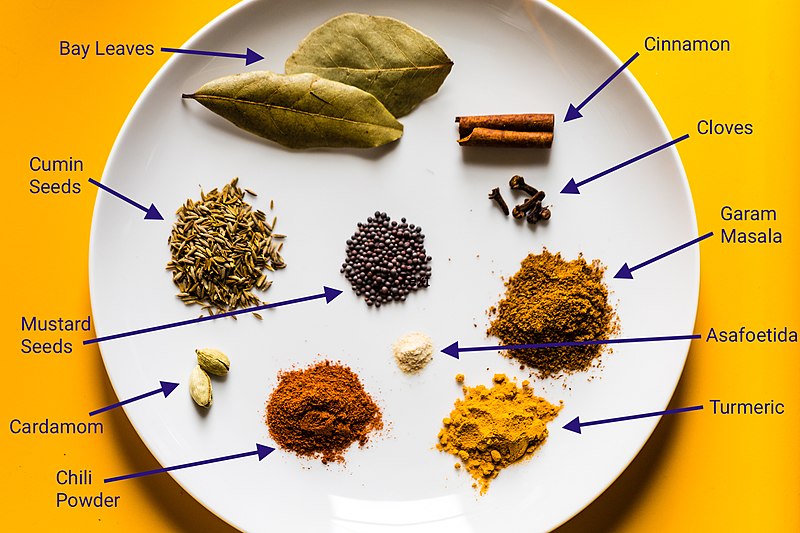
Turmeric is special in Indian context as it is the only spice that enjoys a ‘devotional distinction’, for its immense medicinal and antiseptic uses.It is interesting to note that Turmeric is used almost in every Indian preparation, but that is not so much for its astringent flavour but for the rich golden hue it imparts to any dish it is added to.
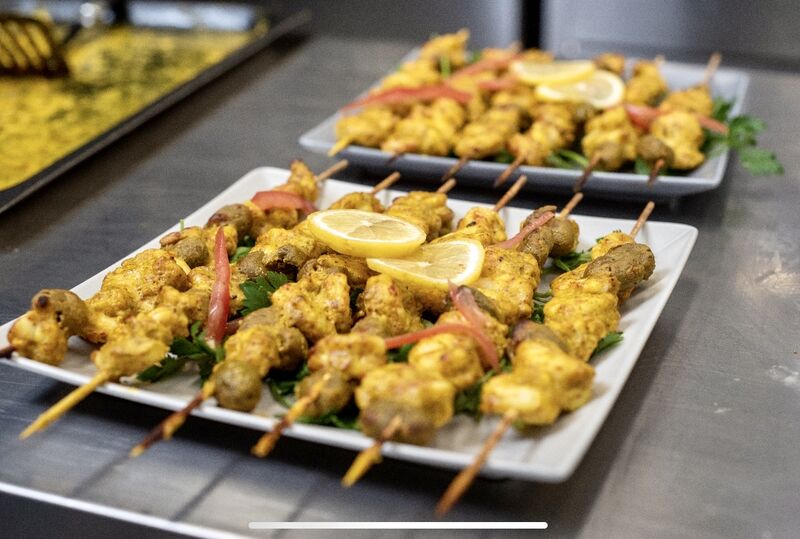
Kashmiris use it because they don’t want their curries to be “unpleasantly white”, Chettinad and Nair cuisines too have an indispensable role of turmeric which is primarily for its colour.
Exceptions to the rule through dishes like rajma chawal from Punjab or Bengali delicacies like doi maach, shukto and chorchori – none of them use turmeric.
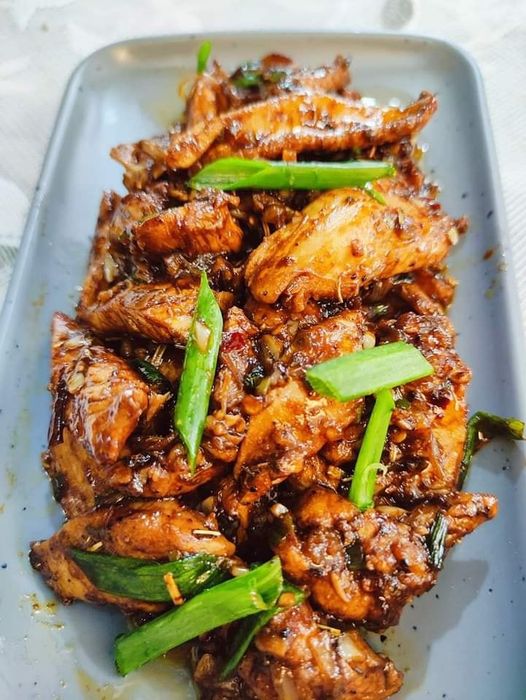
Muslim cooking is not so dependent on the spice either. The spice happens to be the most culturally important spice in India. For instance, the age old Ayurvedic remedy for stronger immunity in haldi doodh or turmeric’s role in our beauty and wedding rituals.
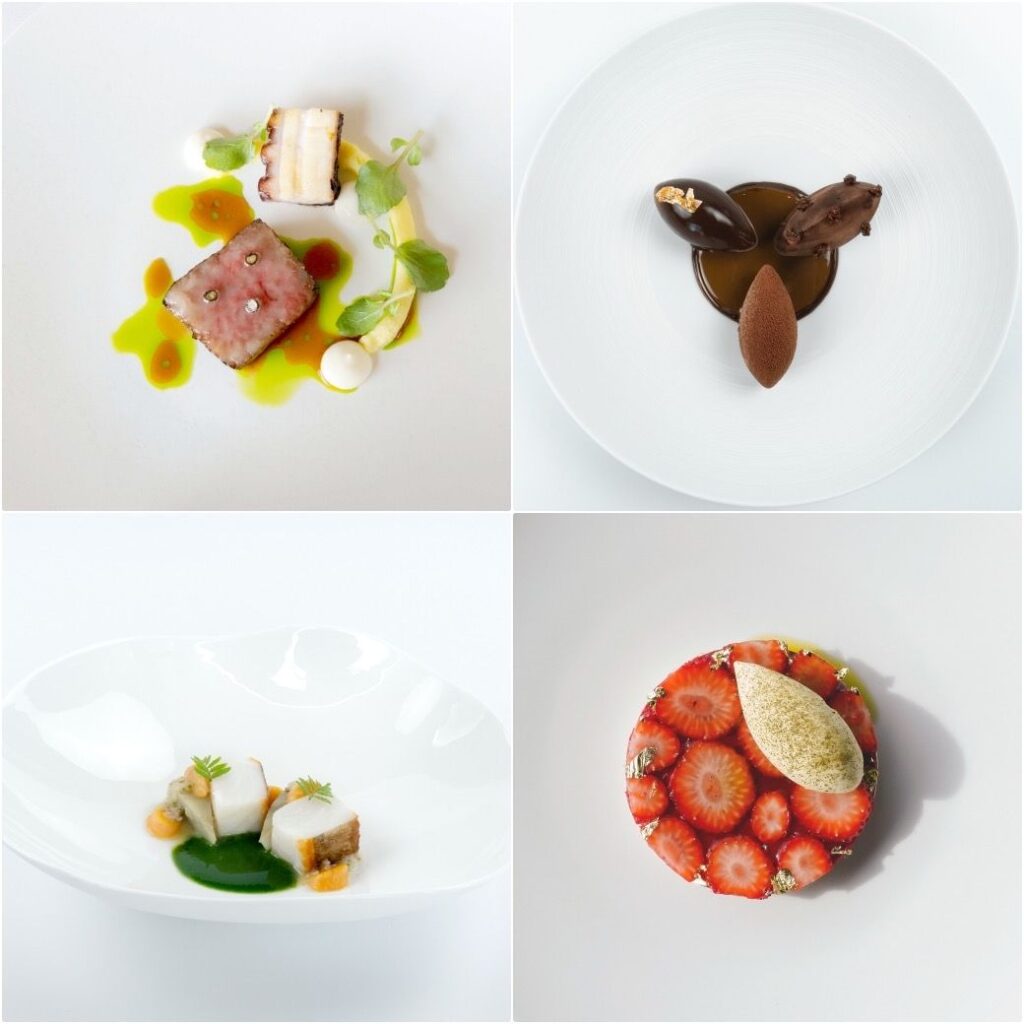
Understanding Spices /Herbs used in Indian cooking
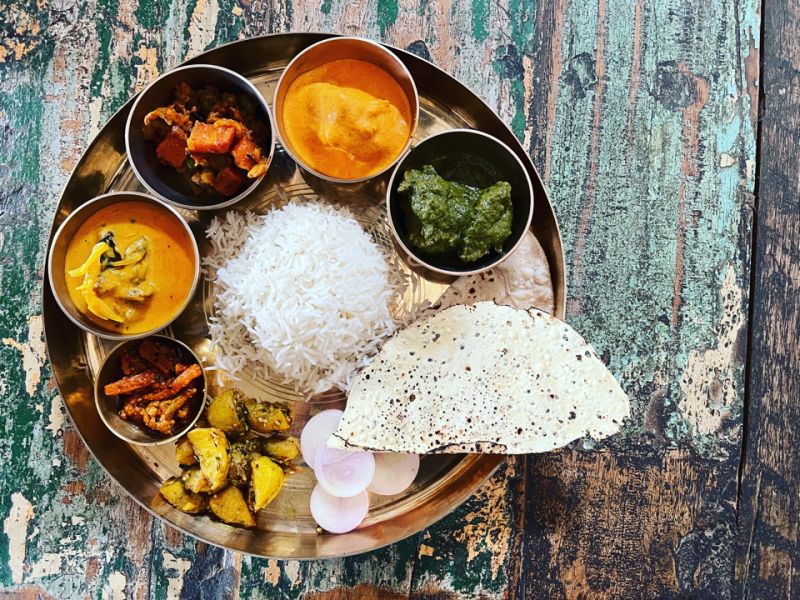
ASAFETIDA (hing / हींग)
BAY LEAVES (tez patta)
BISHOP’S WEED / CAROM SEEDS (AJWAIN)
CUMIN SEEDS (jeera)
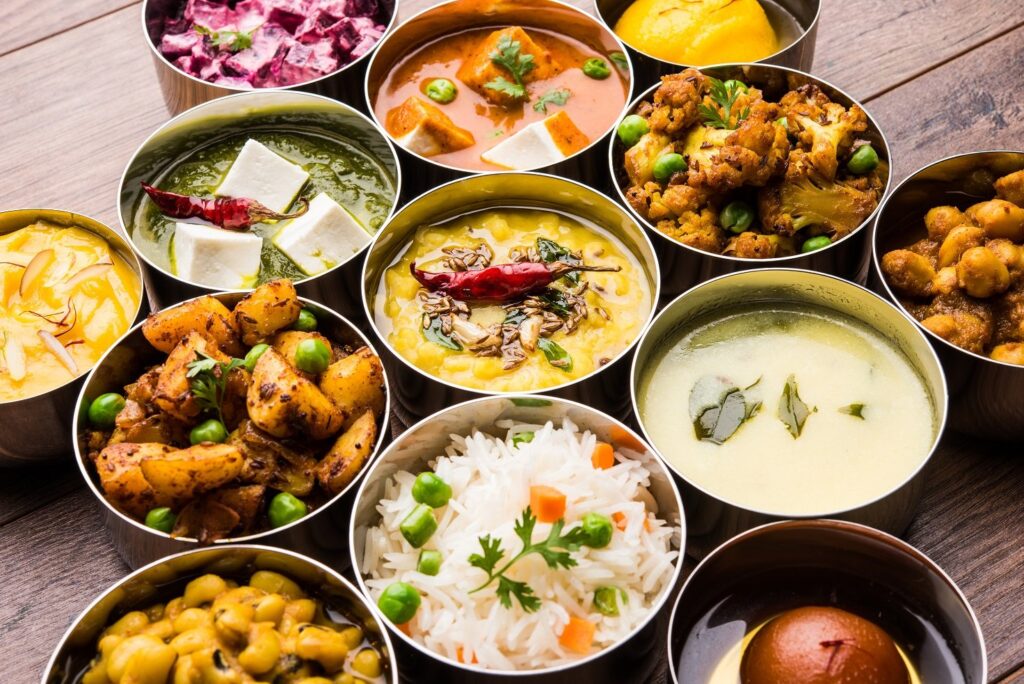
CLOVES (LAUNG)
BLACK PEPPERCORNS (kali mirch)
CARDAMOM SEEDS -GREEN AND BLACK (ELAICHI)
CORIANDER SEEDS/CILANTRO (Dhaniya)
CINNAMON (daal cheeni)
CURRY LEAVES (Kari patta)
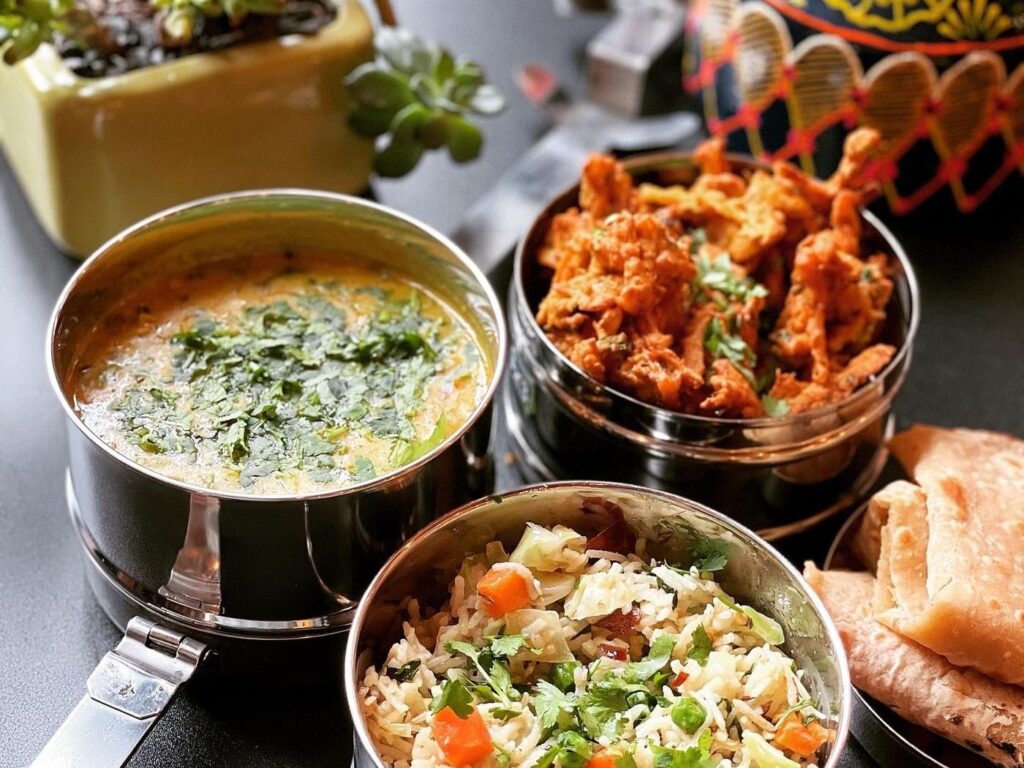
FENUGREEK SEEDS (Methi)
FENNEL SEEDS (Saunf)
MANGO POWDER (Aamchur)
MUSTARD SEEDS (Rai)
ONION SEEDS/NIGELLA (Kalonji)
POMEGRANATE SEEDS (Anaardaana)
NUTMEG (JAIPHAL)
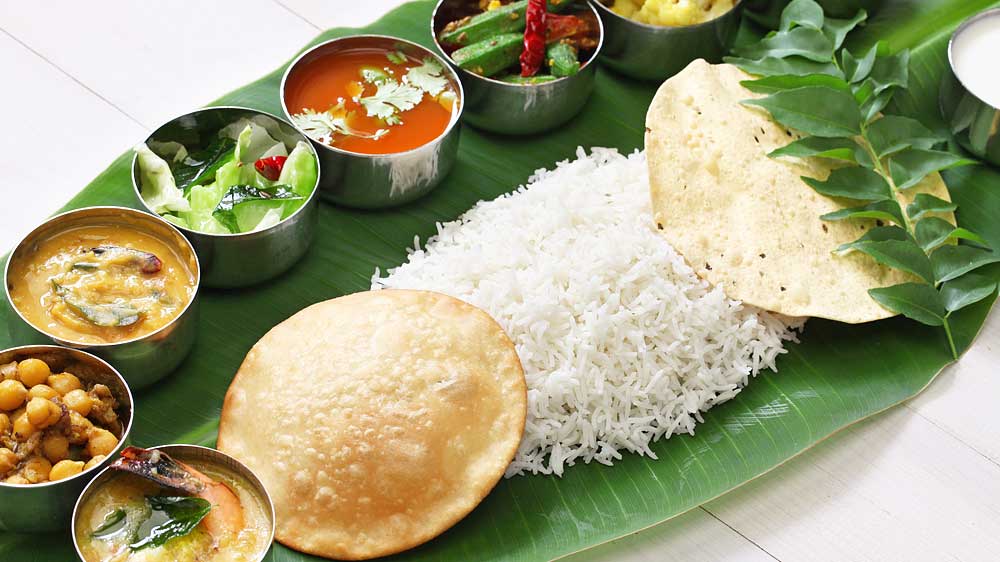
POPPY SEEDS (Khus khus)
SAFFRON (Kesar)
SESAME SEEDS (Till)
Kewra (Pandanus)
Pandanus odoratissimus is a flower that grows only in India along its southeastern coast.
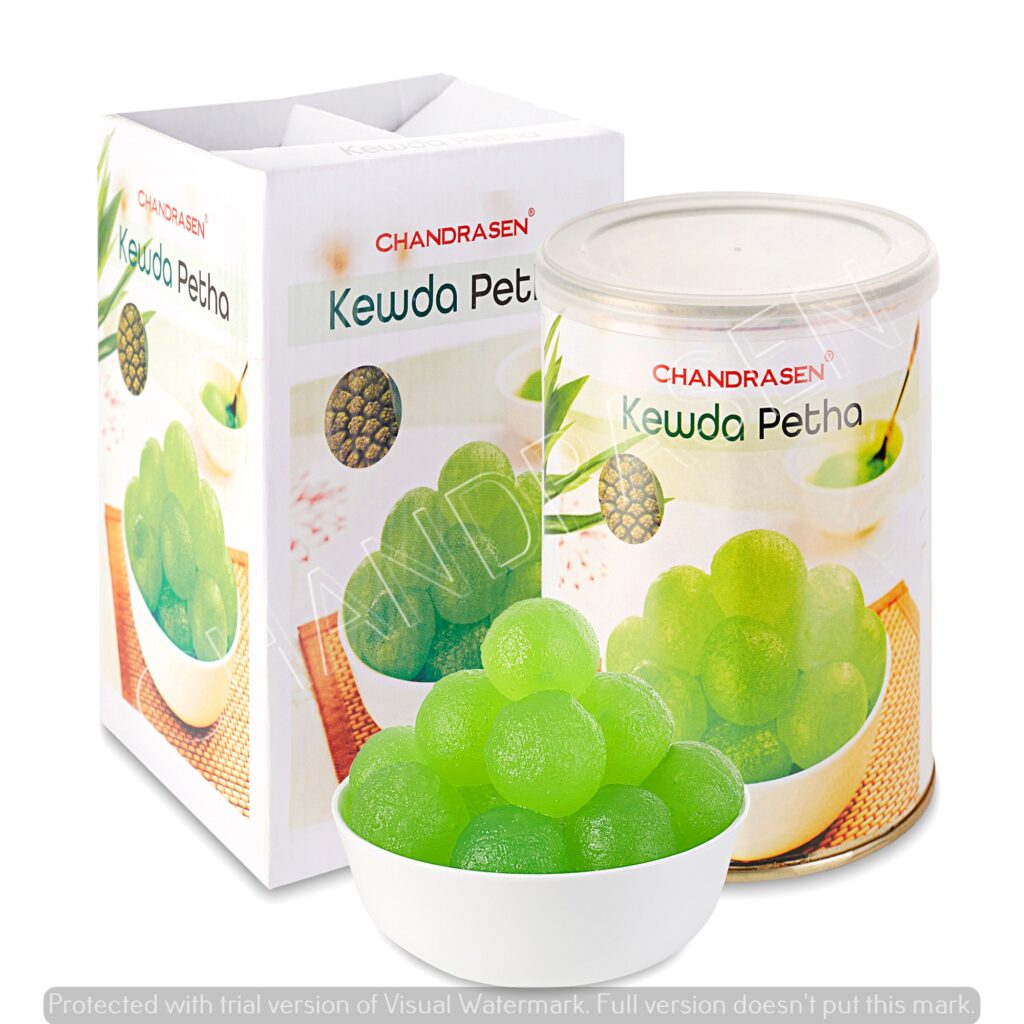
The fragrance is exhilarating and light. Kewra oil and water-flavored dishes include biryanis, kebabs and kormas (braised meat). Kewra oil is also used in piste ki Lauj, a mouth-melting pistachio dessert of northern India’s business community.
In Maya’s Gosht Galauti kebab dish (pan friend lamb galettes), kewra provides eclectic refinement, leaving its gentle touch on the palate.
Attar kewra is derived by distilling kewra petals over sandalwood oil in large copper chambers called “deg.” While sandalwood provides a firm framework, the light and soft attar is a summer scent that has a cooling effect, providing relief from the scorching Indian heat.
Rose
The king of flowers finds its place in Indian cuisine and fragrances equally. Dried and crushed rose petals are used to marinate meat—such as Lucknowi kormas—as well as to soak with saffron and add flavor to “Sharbat,” a traditional flavored non-alcoholic drink. Indian roses are small and exhibit an intense scent with a double row of petals.
The famous Malai Varqi paratha (flaky bread enriched with ghee, milk and rose petal powder) is reminiscent of the royals. While rose water (gulab jal) has ritualistic and culinary significance, the exorbitant Ruh Gulab (pure rose extract) and Attar gulab (distilled rose over sandalwood oil) are evergreen Indian perfumes. Krishan Mohan’s sought-after blends with dominant rose notes paired with amber, oud and musk include Manzar, Sultan and Oud Rose, along with ethereal synthetic rose oils.
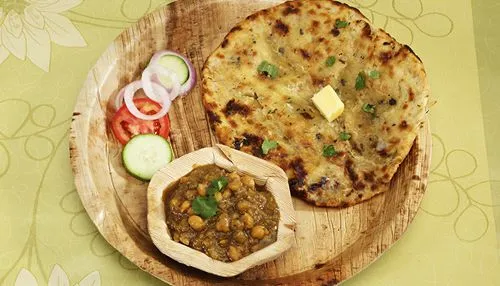
Aniseed
A fantastic after-meal digestive, aniseed is consumed in a variety of ways.
Essential to both north and south Indian cooking, powdered anise is preferred to frying. While Rampuri Gosht korma (lamb with vegetable gum cooked in yogurt curry, flavored with aniseed) amply glorifies aniseed and aniseed oil, along with its therapeutic effects forms an integral part of violet, a rich floral blend with a vanilla base and violet flower.
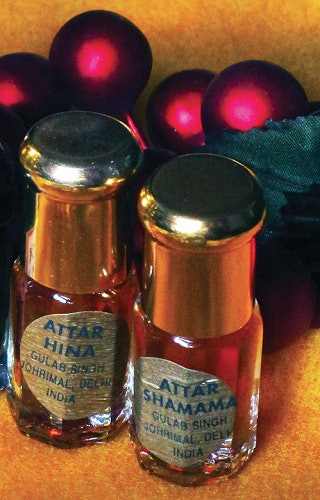
Saffron
As royal as it can get, saffron is an essential ingredient in Arabic, Turkish, Persian and Indian cuisines. Saffron strands are soaked in a bit of warm water or milk to infuse the liquid for a month. Mughal cuisine, with its kormas and biryanis, generously uses saffron.

Apart from the deeply nourishing saffron tea “kesar chai,” Angad’s taftan bread uses saffron as a key component giving it the richness along with Kesar Badam kheer (rice, almonds and saffron cooked in clarified butter and milk), his all-time classic dessert.
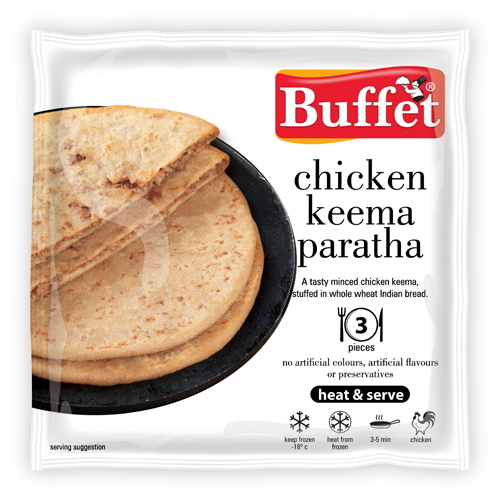
Saffron based masterpieces include Arabesque blends. Fitrat, a classy sandalwood, musk, oud, rose and saffron woody floral. Shabab, Sharara and Zubeida with top notes of saffron and sandalwood, palmarosa, musk, amber, vetiver and bergamot among other notes.

Vetiver
Known as “khus,” vetiver’s deeply cooling effect has made it synonymous with cooling drinks as a syrup and food flavoring food. Vetiver is the key ingredient in a special tangy and wholesome kebab masala called Lazzat-e-taam in Lucknow.

“Ruh khus,” or pure vetiver extract, has been a historic summer scent and is also added in blends to make subtle magic. It is also added in tiny doses inside “paan” (digestive beetle leaf preparation) to cut the spice.

India’s ingredients tell a rich story of the close-knit relationship between the senses, where health is a foundation of each dish or perfume.
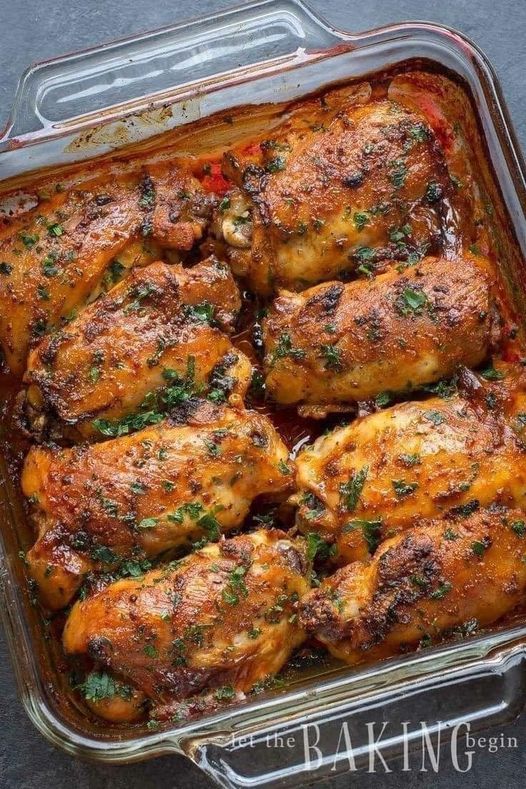
Chefs the world over are interested in “neurogastronomy”, an emerging field. The term was coined by Yale neurobiologist Gordon Shepherd studying olfaction, who postulated that our appreciation of what is in the mouth is created by the brain. Today, chefs recognise that “flavour” is more powerful than “taste” because it involves all the senses and can conjour up memory, nostalgia and different moods. Flowers in Indian cooking have always done that, elevated moods, played on nostalgia, used as used as much for their smell as colour.
Persian scholar Salma Husain points out how mahua, chameli and harsingar were used in food for their fragrances.
“Rice was flavoured with chameli flowers by putting these on a thin muslin cloth over steaming rice and then the entire dish would be finished on dum.”
Harsingaar (night jasmine) was used to colour foods before saffron became popular.
Then there are woods such as sandal and oud, both perfume ingredients in the western tradition too that have always been used to smoke dishes. With Holi around the corner, these fragrances are definitely in the air. Perhaps they should be on your plates and palates too.
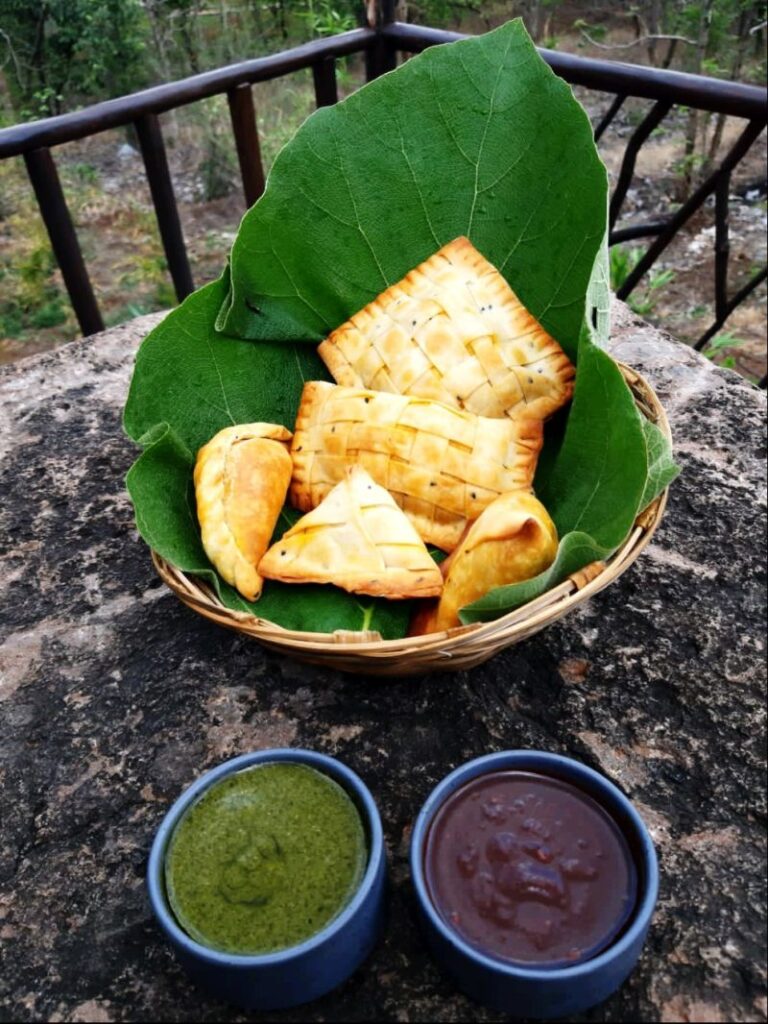
People from all over the world have savored the tantalizing, tangy and spicy aromas and flavors of Indian cuisine. It is believed that India’s culinary legacy spans centuries, and that the science of ingredients was developed in close rapport with holistic medicine.
India’s fragrance tradition goes back to the Vedas (nearly 8,000 years). “Attar,” or non-alcoholic oil concentrates, are leitmotif of Indian fragrance. Being an ancient treasure house of exotic indigenous woods, herbs, spices and flowers—to name a few—there are eight ingredients from among these that unite both worlds of India’s flavors and fragrances.
Spices
As the historic “home of spices,” India’s sheer variety of ingredients and health-benefits are legendary.
Clove, one of the most potent of all spices, is the dominant ingredient in the smoky Gosht Kandahari (lamb smoked with cloves)—one of the finest meat. While black cardamom is generally used in garam masalas (a mélange of powdered spices used to flavor curries and other dishes), green cardamom has its equal role in flavoring.

Traditionally made of distillate of flowers collected from mazaars of Sufi saints. Every mazaar had a pit where flowers were collected, dried and later their essence was distilled.
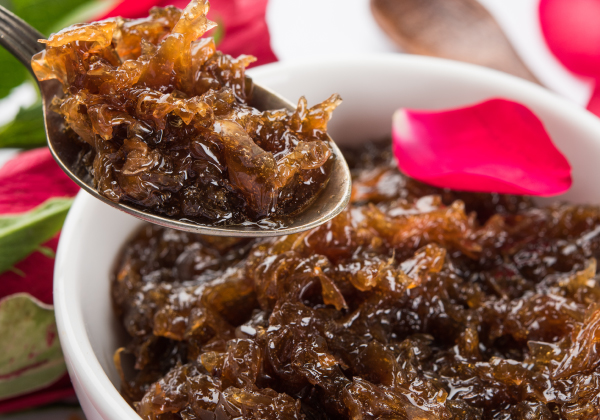
If orange blossom water is a major fragrant in Turkish and Moroccan cuisines, rose water and rose rou (essence distilled sandalwood oil) has been key to sophisticated flavours in Indian gastronomy.
From desserts like gulab jamun and phirni or kheer to game meats, partridge and quail to breads sprinkled with rose water and post-prandial paan, roses have traditionally perfumed many of our foods.
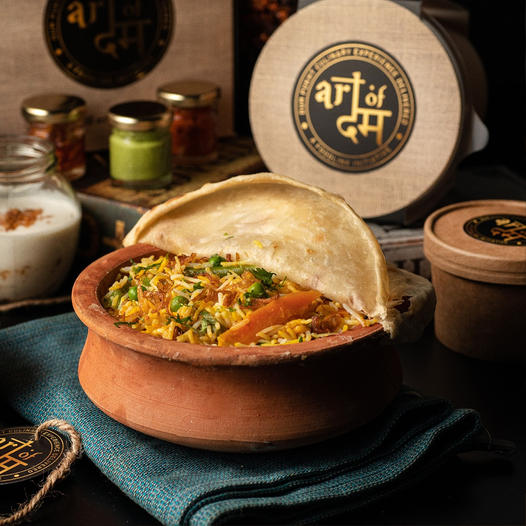
Too much fragrance and the chef could drown out its subdued spicing and other flavours — after all, the superiority of a biryani is equally determined by the smell of the rice (Dehradun basmati in the Awadhi version). However, a perfect Awadhi biryani or qorma can still draw you in by its top floral notes used with restraint.
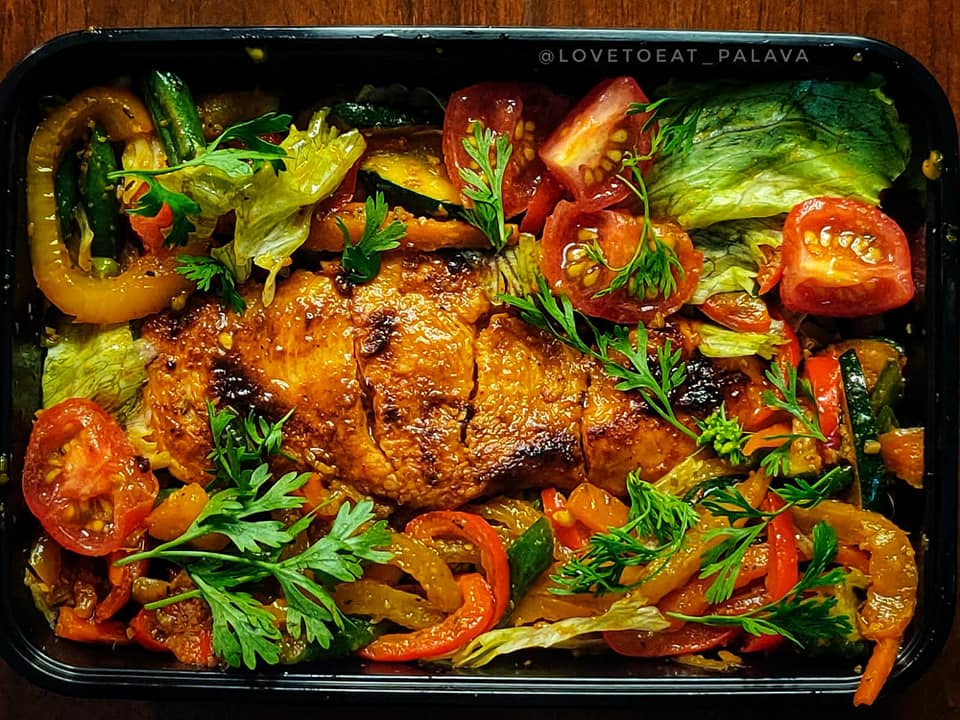
The idea behind using these fragrances was not just because they are pleasing but also because according to Unani medicine, these ingredients were thought to be cooling digestives. Food perfumed with these was part of the Nawabi etiquette to take care of bodily odours.
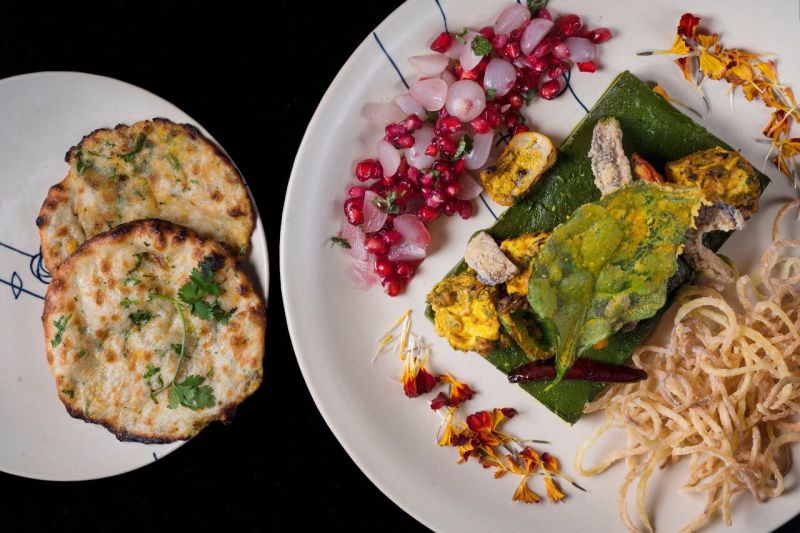
Meetha itr, literally “sweet fragrance”, remains a mystery despite its use in Awadhi, old Delhi and Kolkata-style Mughlai cuisines. Most chefs will show you tiny vials of it retailed from a handful of old perfumeries.
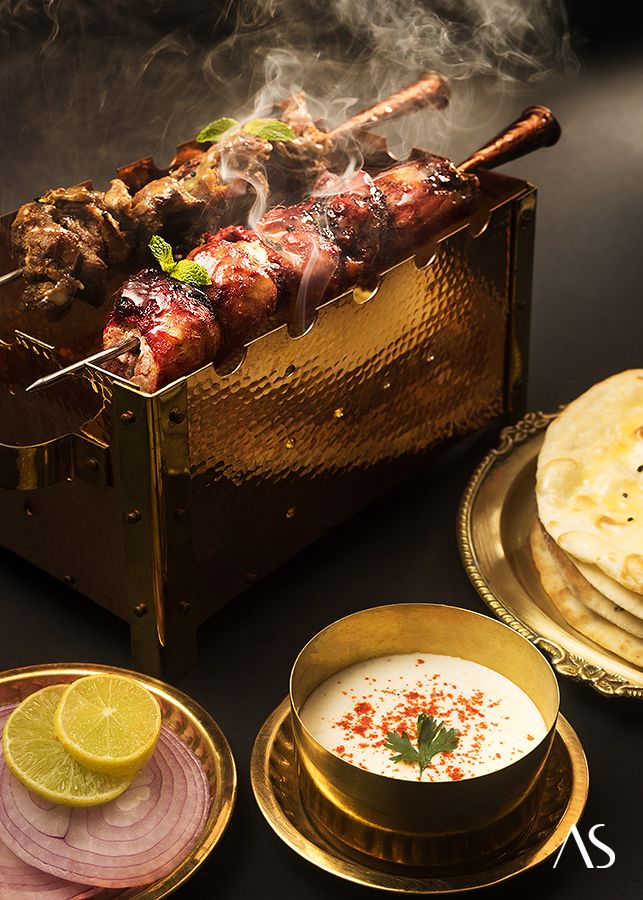
Itr or attar have been a tradition in India since the Mughals apparently popularised their production and use, influenced by Central Asian traditions of perfumery with flowers. Empress Nur Jahan is supposed to have bathed in rose water and Jahanara Begum, emperor Shah Jahan’s daughter, apparently spiked her Shirazi wine with rose water.
It was thanks to this patronage of perfumery that Kannauj, the town along the Ganga, became India’s attar capital, where every family is still engaged in one way or the other in the business. Like Persian, Turkish and Egyptian traditions, Indian attars are oil-based, where the essences of flowers and woods are distilled using sandalwood oil as a base. The western tradition uses alcohol as base.

Many of these perfumes are food grade and used with precision by master chefs cooking Mughlai or later Awadhi food. In fact, how masterfully a dish is cooked could — and still is — be judged by just the whiff of the meetha itr or kewra (screwpine) essence wafting from, say, a dish of the biryani.

Top most festival Products FMCG consumers search today
World Wide Festive Trends Decoded What Indian festive consumers seek...
Read MoreHow right selection of FMCG Salesmen improves brand market share
How can FMCG Companies improve salesman’s technique in order to...
Read MoreHow most searched Fmcg sales and marketing words help newbie salesman
Why undestand FMCG sales management? Sales management is the process...
Read MoreHow Successful FMCG Salesman Starts his Day, a guide
How does one become a good sales executive in the...
Read More
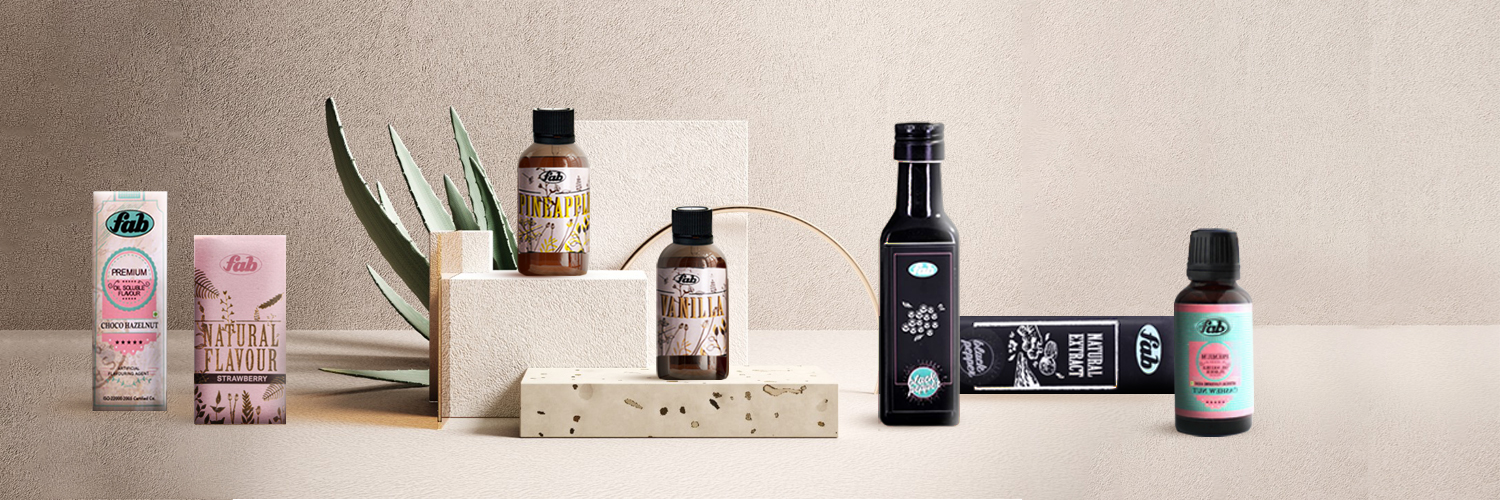









Pingback: Restaurant Business ROI is based on Style, Menu, and Rates.
Pingback: Market Research +Measuring Test Performance=Successful Brand
Pingback: Digital Deepak and Fmcg products Use Similar Sales Marketing
Pingback: All Time Kitchen Tools Guide and Chef's Language Dictionary
Pingback: Hospitality Industry Terminology, Hotel Definitions & Jargon